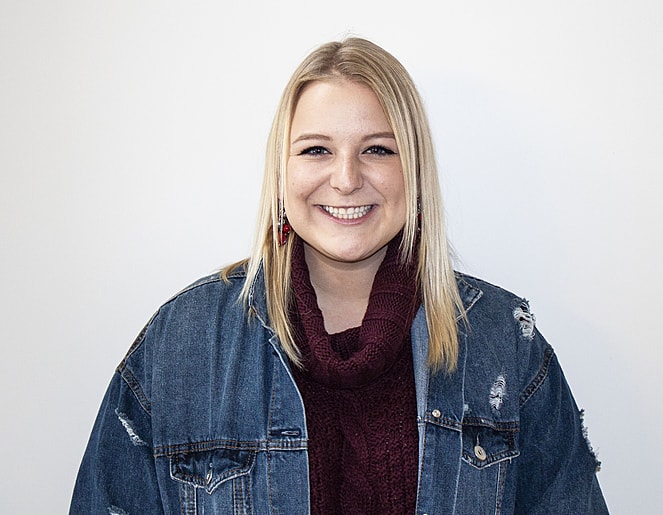
It is very unlikely that you as a parent know about finsta’s. What is a finsta? A “fake” Instagram account used for posting content that your children don’t want on their “real” Instagram page. From personal experience I can tell you that content usually includes random unedited pictures and captions of their life. Often pretty harmless stuff.
But might (and have) strayed to posting inappropriate pictures involving nudity and drugs/alcohol. Typically girls have finstas, although boys can have them too. They typically set them to “private” and give them an unusual name so only their closest friends can see what they post. Finstas have been around for a while.
Why do teens have finstas?
Recently, USATODAY.com talked about how older teens and college students have a finsta because of the fear that employers monitor what their employee does on social media. I think that probably does not apply that often. Maybe that’s why people with finstas from their high school life keep them. But most people I know that have a finsta have one because they don’t want boys or their parents to see what their posting.
Interestingly, finstas are kind of the opposite of people’s real Instagram account. The Atlanta Journal-Constitution observed, “Everyone kind of knows that no one’s Instagram life is their real life… You’re really tailoring all the photos and editing them and making sure that they look perfect. On your Finstagram, it’s supposed to be like the complete opposite.”
This tendency to let your finsta be more raw and unedited may be the reason sometimes inappropriate content appears.
Should you as a parent be concerned?
One source, Blog.hubspot.com doesn’t think finstas are all bad. They recently wrote about how finstas might allow your child an opportunity to express the unedited side of their life with their trusted friends. Maybe its a good way from to practice expressing themselves. I think if your child is using their finsta for fun, instead of hiding inappropriate things, you may have nothing to worry about. But of course, how would you know, is the big question.
I CAN report that my friends seem to post random photos of themselves on their finstas with captions about boy troubles, stressing out about school, etc…. Most do not post anything inappropriate. It is more of a “spam account” where they can rant about daily struggles to close friends.
So the bottom line is, like any social media account your child has, you may want to keep on eye it. The trouble they can get in to is just too big to ignore. But hopefully, if things are within bounds, you’ll respect their privacy. In their eyes it might be like reading their diary. Want to raise that question with them?Maybe you can explain that, unlike a diary, people don’t usually post any inappropriate pictures in their diary. And a diary really is private. Unlike a finsta.
Check out these links for more on finstas:

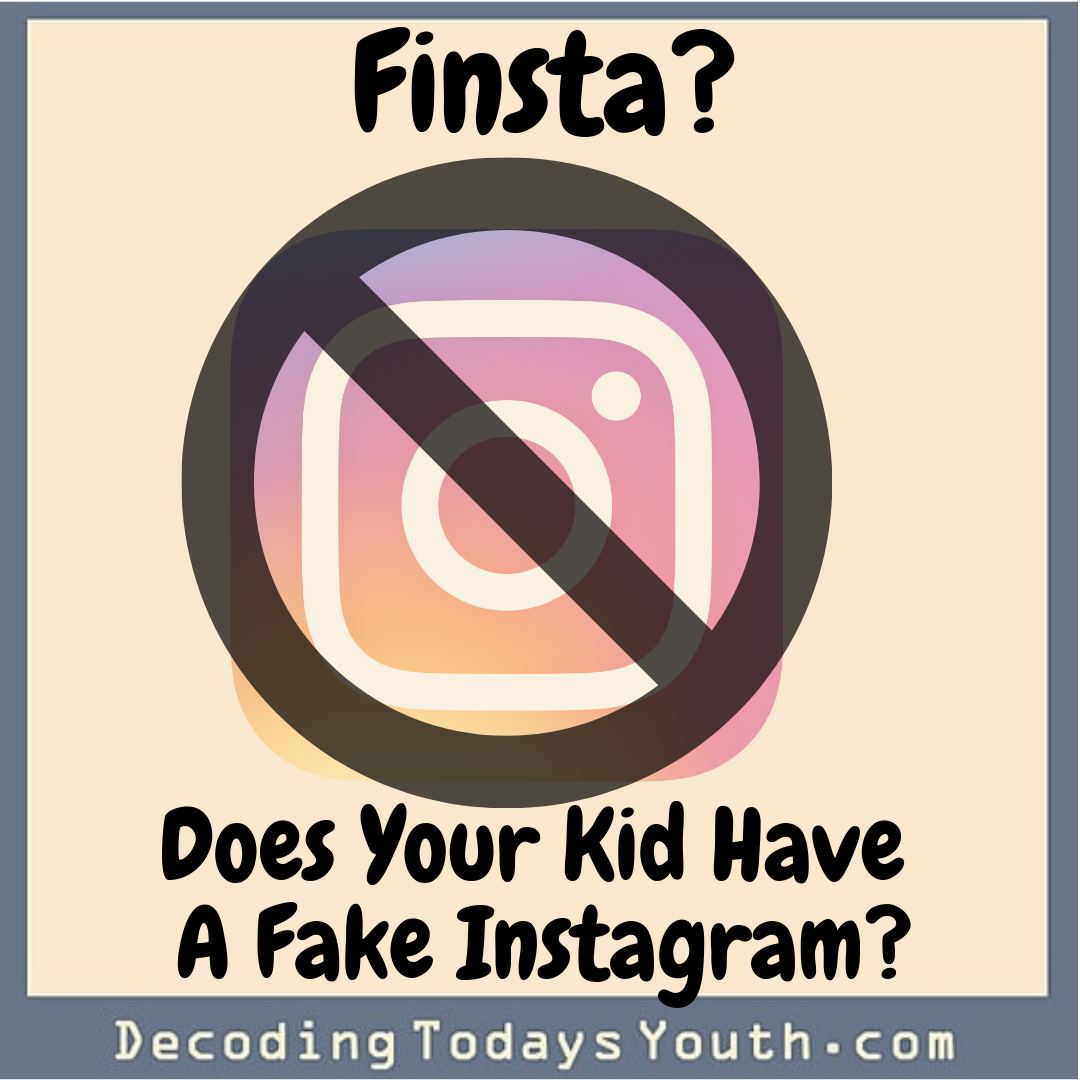
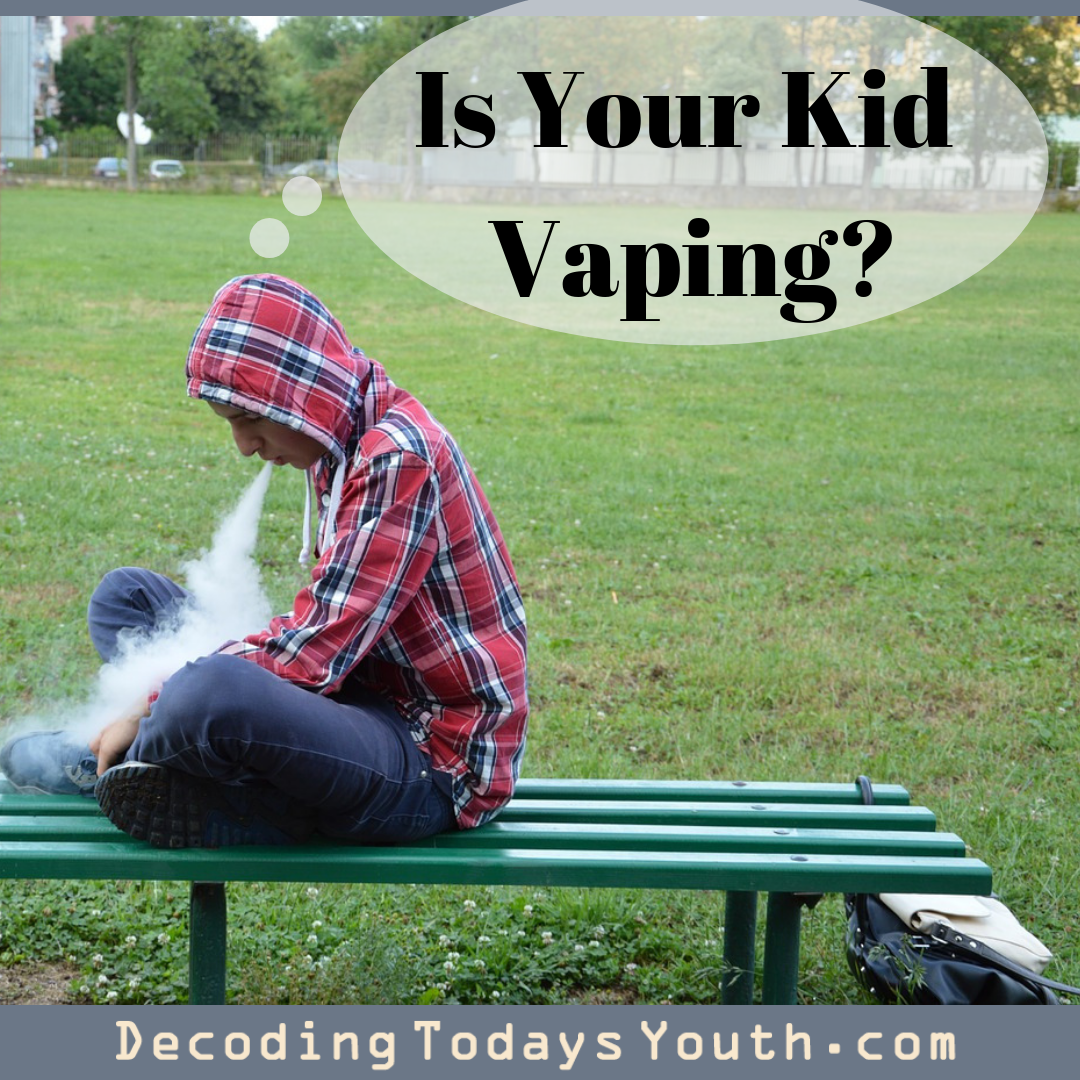
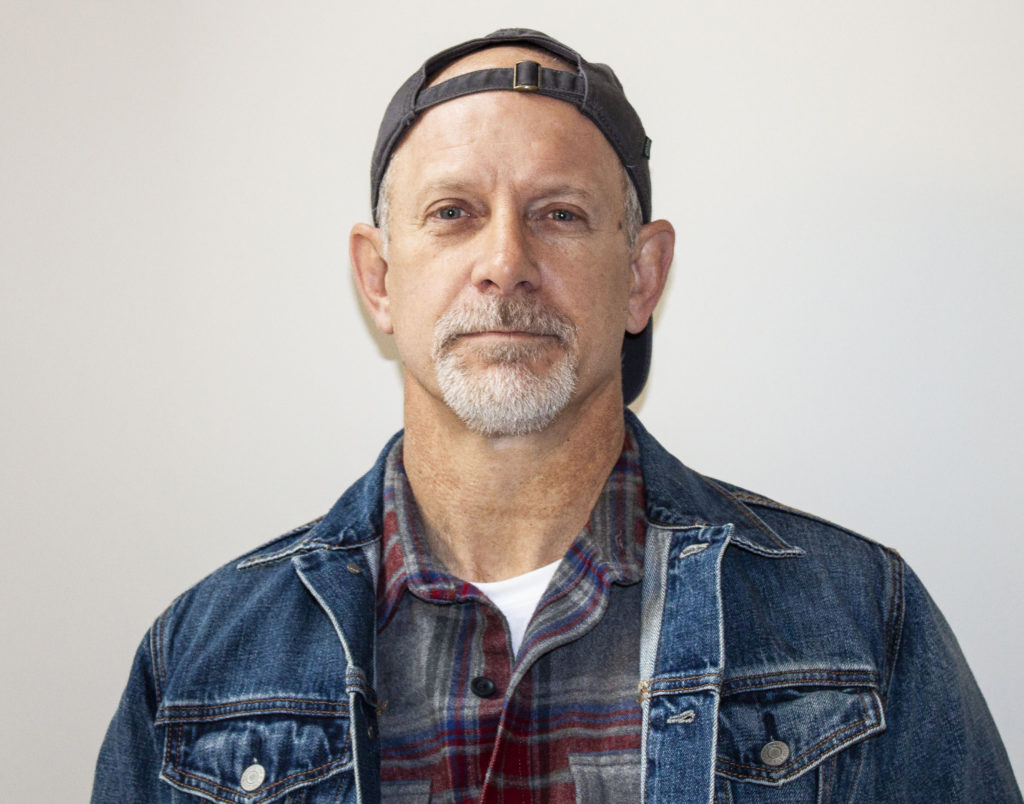
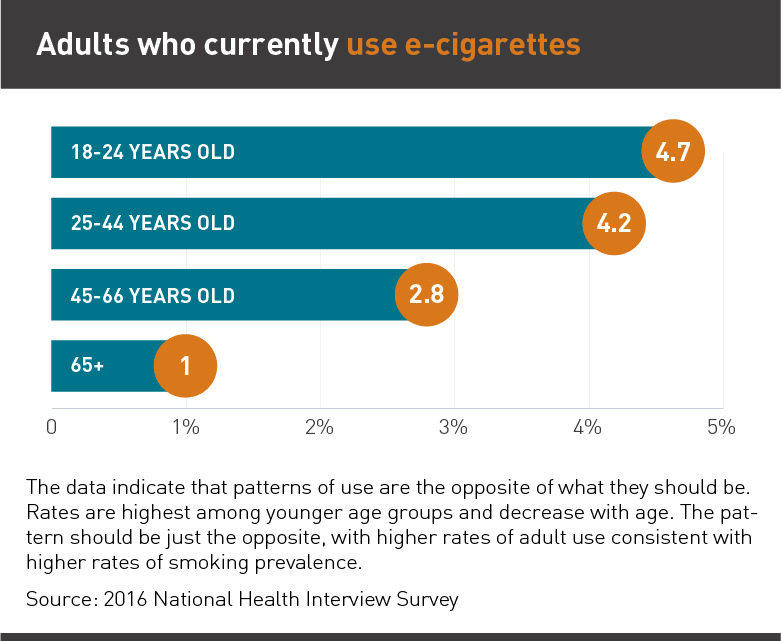
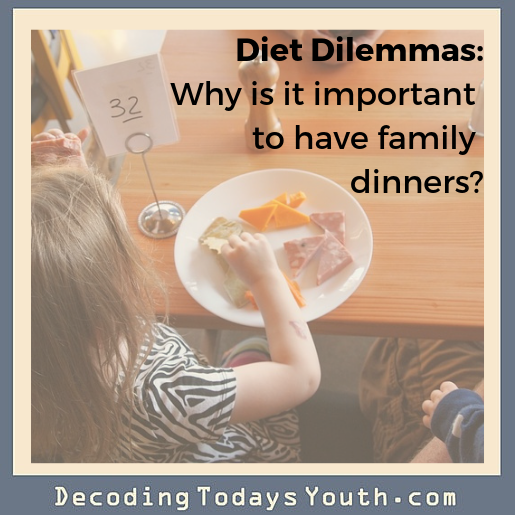
 By Lily Whorl and Erick Lauber
By Lily Whorl and Erick Lauber
 By Seth Woolcock and Erick Lauber
By Seth Woolcock and Erick Lauber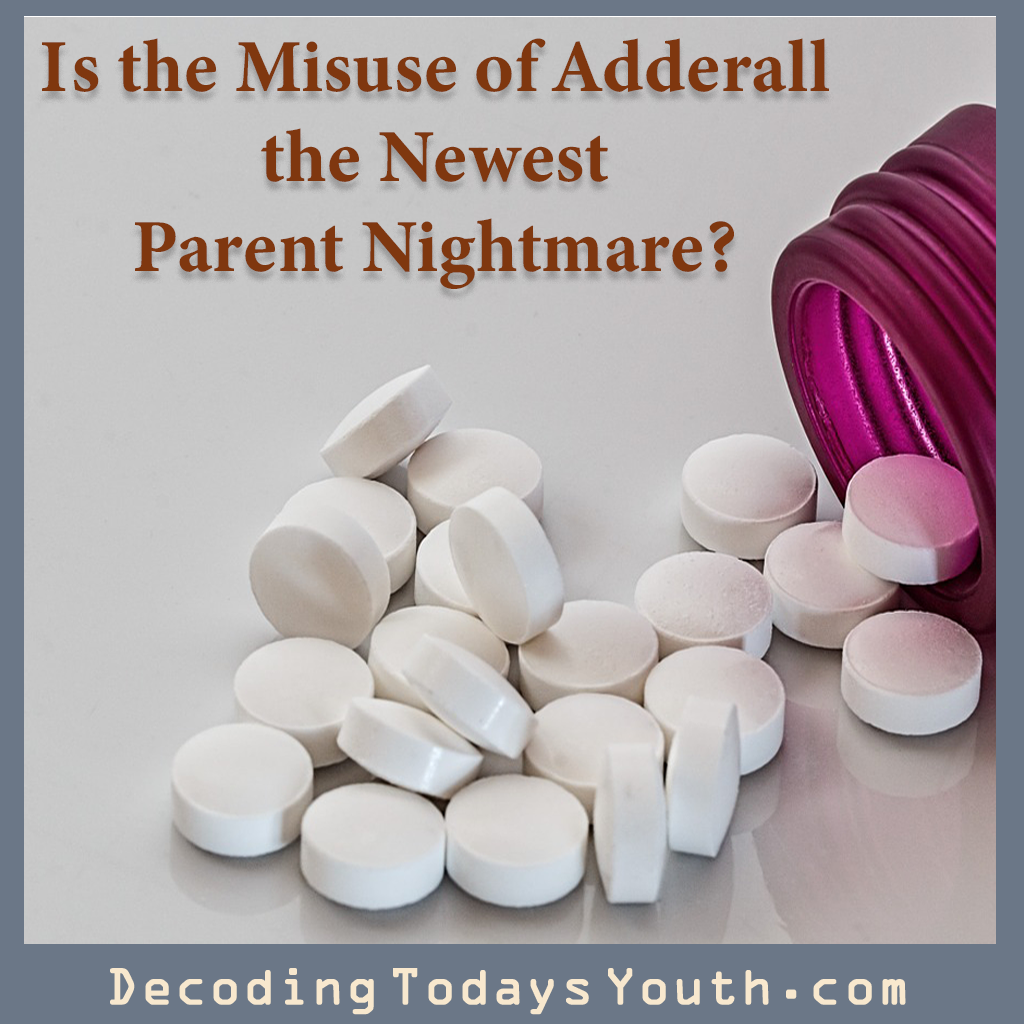
 By Erick Lauber
By Erick Lauber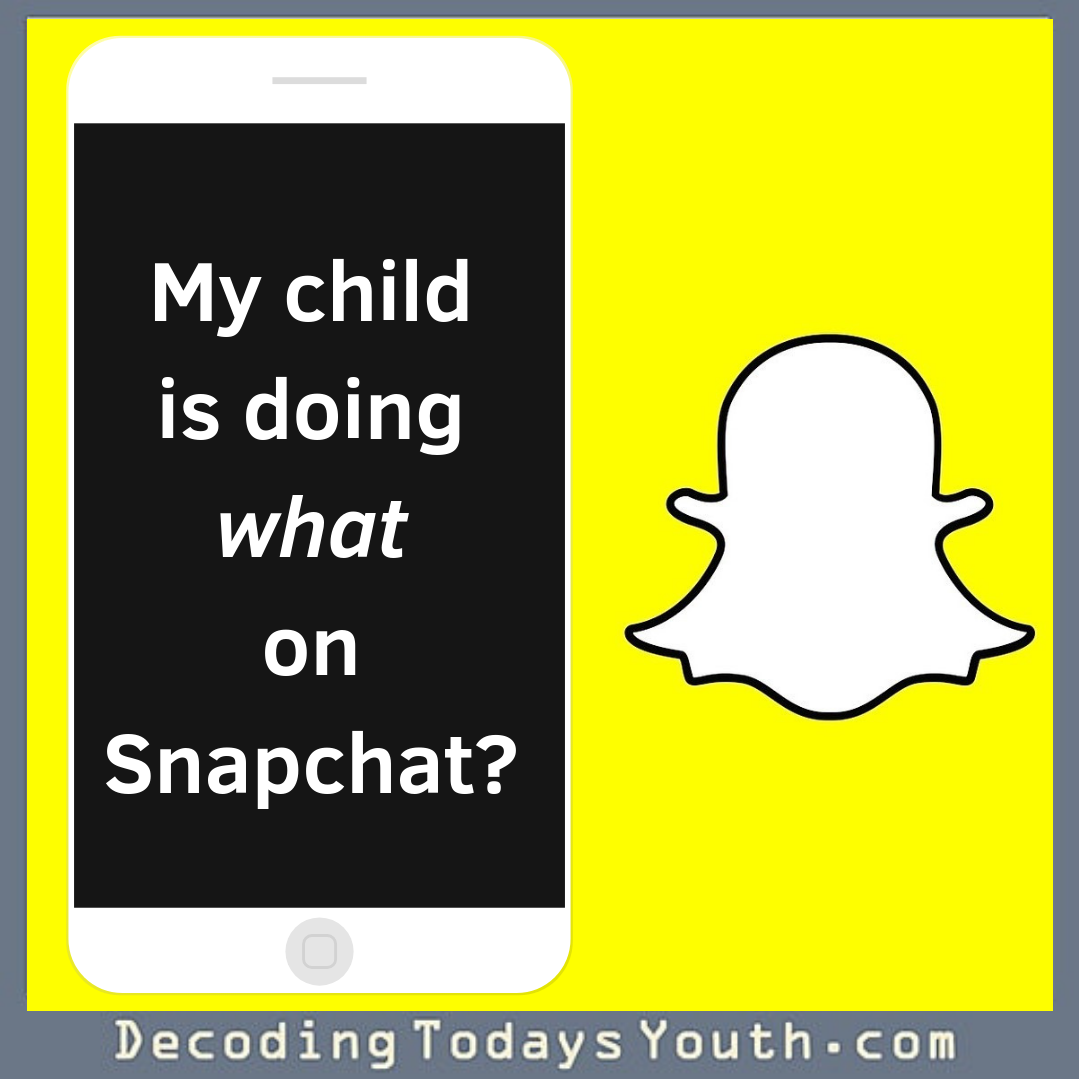
 By Katie Mest and Erick Lauber
By Katie Mest and Erick Lauber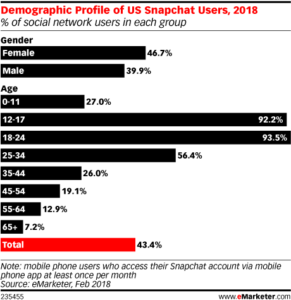

 By Morgan Rihn and Erick Lauber
By Morgan Rihn and Erick Lauber